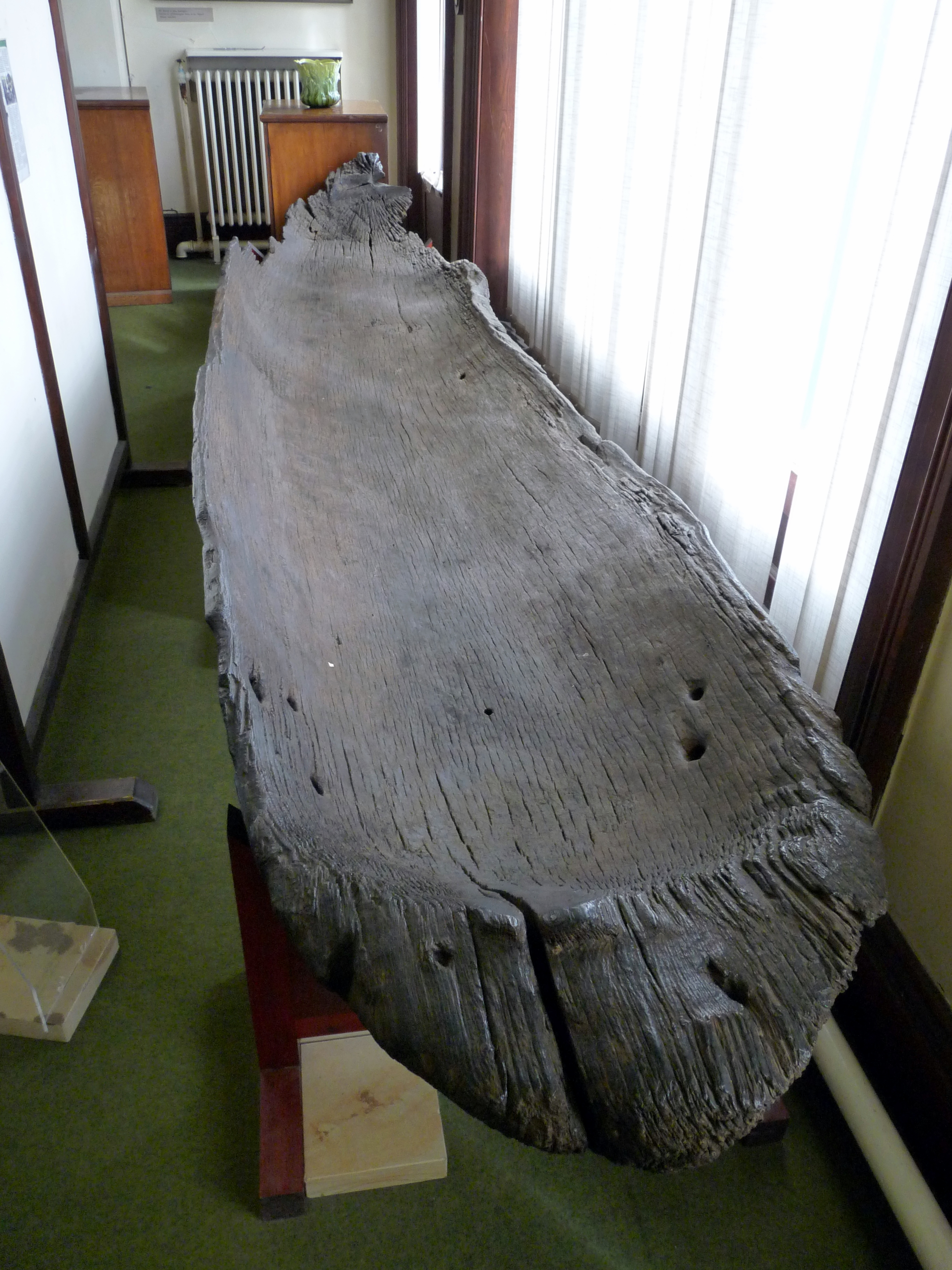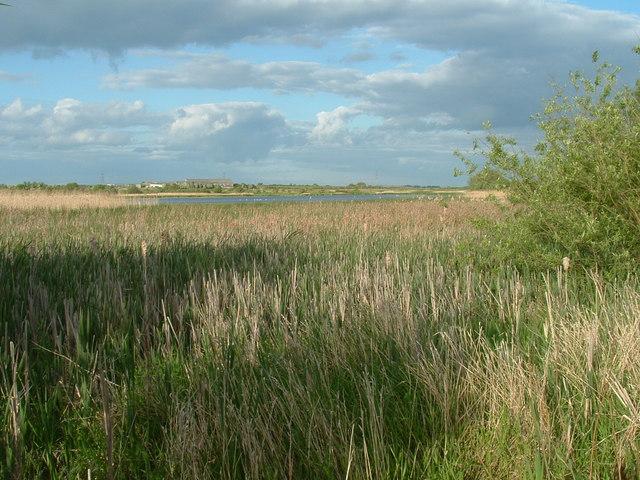|
Marton Mere
Marton Mere is a mere (lake) and Local Nature Reserve in Blackpool, Lancashire, England. It is located near to the Blackpool districts of Marton and Mereside and the village of Staining. It is recognised as a Site of Special Scientific Interest. It supports various habitats such as open water, reed beds, grassland as well as pockets of woodland and scrub. The mere is a glacial A glacial period (alternatively glacial or glaciation) is an interval of time (thousands of years) within an ice age that is marked by colder temperatures and glacier advances. Interglacials, on the other hand, are periods of warmer climate betwe ... freshwater lake. Originally approximately long and wide, the lake was gradually drained throughout the 18th century to allow land to be reclaimed for agriculture. It was drained further when Main Dyke was cut around 1850. The reserve is adjacent to Marton Mere Holiday Village. References External links * * * Further reading * Blackpool L ... [...More Info...] [...Related Items...] OR: [Wikipedia] [Google] [Baidu] |
Martin Mere
Martin Mere is a mere near Burscough, in Lancashire, England, on the West Lancashire Coastal Plain. The mere is a vast marsh, around that was, until it was drained, the largest body of fresh water in England. History Martin Mere was formed at the end of the last ice age, when water filled a depression in the glacial drift. Since then its size has varied as water levels have risen and fallen. The original giant lake can be seen on Christopher Saxton's map from 1579 and stretched from Rufford in the east, to Churchtown (then known as North Meols) in the west. To the north of the lake were the villages of Mere Brow and Holmeswood, the site of Holmeswood Hall, built by the Heskeths as a hunting lodge. South of the lake was the Scarisbrick Hall estate, Martin Hall and Tarlefarwood, now known as Tarlscough. The mere originally drained out in two places; at the western end the arm of the mere known as the Wyke drained into the Pool (or Old Pool) at what is now Crowland Stree ... [...More Info...] [...Related Items...] OR: [Wikipedia] [Google] [Baidu] |
Lancashire
Lancashire ( , ; abbreviated Lancs) is the name of a historic county, ceremonial county, and non-metropolitan county in North West England. The boundaries of these three areas differ significantly. The non-metropolitan county of Lancashire was created by the Local Government Act 1972. It is administered by Lancashire County Council, based in Preston, and twelve district councils. Although Lancaster is still considered the county town, Preston is the administrative centre of the non-metropolitan county. The ceremonial county has the same boundaries except that it also includes Blackpool and Blackburn with Darwen, which are unitary authorities. The historic county of Lancashire is larger and includes the cities of Manchester and Liverpool as well as the Furness and Cartmel peninsulas, but excludes Bowland area of the West Riding of Yorkshire transferred to the non-metropolitan county in 1974 History Before the county During Roman times the area was part of th ... [...More Info...] [...Related Items...] OR: [Wikipedia] [Google] [Baidu] |
Mere (lake)
A mere is a shallow lake, pond, or wetland, particularly in Great Britain and other parts of western Europe. Derivation of the word Etymology The word ''mere'' is recorded in Old English as ''mere'' ″sea, lake″, corresponding to Old Saxon ''meri'', Old Low Franconian ''*meri'' (Dutch ''meer'' ″lake, pool″, Picard ''mer'' ″pool, lake″, Northern French toponymic element ''-mer''), Old High German ''mari'' / ''meri'' (German ''Meer'' ″sea″), Goth. ''mari-'', ''marei'', Old Norse ''marr'' ″sea″ (Norwegian ''mar'' ″sea″, Shetland Norn ''mar'' ″mer, deep water fishing qarea″, Faroese ''marrur'' ″mud, sludge″, Swedish place name element ''mar-'', French ''mare'' ″pool, pond″). They derive from reconstituted Proto-Germanic ''*mari'', itself from Indo-European ''*mori'', the same root as ''marsh'' and ''moor''. The Indo-European root ''*mori'' gave also birth to similar words in other European languages: Latin ''mare'', ″sea″ (Italian ''mare'', Span ... [...More Info...] [...Related Items...] OR: [Wikipedia] [Google] [Baidu] |
Blackpool
Blackpool is a seaside resort in Lancashire, England. Located on the northwest coast of England, it is the main settlement within the borough also called Blackpool. The town is by the Irish Sea, between the Ribble and Wyre rivers, and is north of Liverpool and northwest of Manchester. At the 2011 census, the unitary authority of Blackpool had an estimated population of 139,720 while the urban settlement had a population of 147,663, making it the most populous settlement in Lancashire, and the fifth-most populous in North West England after Manchester, Liverpool, Bolton and Warrington. The wider built-up area (which also includes additional settlements outside the unitary authority) had a population of 239,409, making it the fifth-most populous urban area in the North West after the Manchester, Liverpool, Preston and Birkenhead areas. It is home to the Blackpool Tower, which when built in 1894 was the tallest building in the British Empire. Throughout the Medieval ... [...More Info...] [...Related Items...] OR: [Wikipedia] [Google] [Baidu] |
Marton, Blackpool
Marton is a settlement on the coastal plain of the Fylde in Lancashire, England, most of which is now part of the seaside town of Blackpool. Marton, which consisted of Great Marton, Little Marton, Marton Fold and The Peel, was originally part of the parish of Poulton-le-Fylde, before the development of Blackpool as a resort. History Great Marton and Little Marton were collectively listed in the Domesday Book of 1086 as ''Meretun''. The name usually means "farmstead by a pool", derived from the Old English words ''mere'' and ''tūn''. Its area was estimated in that survey to be six carucates of arable land. By no later than the end of the 11th century, St Chad's Church had been built in the nearby town of Poulton-le-Fylde and became the parish church for the area following the Reformation in the 16th century. Marton residents travelled to worship at St Chad's, a journey that was difficult in winter. Around 1625, they petitioned to become a separate parish from Poulton-le-Fylde, ... [...More Info...] [...Related Items...] OR: [Wikipedia] [Google] [Baidu] |
Staining, Lancashire
Staining is a village and civil parish in Lancashire, England, on the Fylde coast close to the seaside resorts of Blackpool and Lytham St Annes, and the market town of Poulton-le-Fylde. At the 2011 Census, it had a population of 2,290. Historically, the village was part of the township of Hardhorn-with-Newton. Now the hamlet of Newton is part of the civil parish of Staining; Hardhorn belongs to Poulton-le-Fylde. History At the Norman Conquest, Staining was part of the hundred of Amounderness, in the possession of Earl Tostig, the brother of King Harold II. Tostig died at the Battle of Stamford Bridge and his lands were subsequently taken over by the Normans. Between 1069 and 1086 William the Conqueror gave Amounderness to Anglo-Norman baron Roger the Poitevin. Staining was recorded in the ''Domesday Book'' of 1086 as ''Staininghe''. The village was estimated in that survey to contain six carucates of land. Governance Historically, Staining, as part of the township of Hardh ... [...More Info...] [...Related Items...] OR: [Wikipedia] [Google] [Baidu] |
Site Of Special Scientific Interest
A Site of Special Scientific Interest (SSSI) in Great Britain or an Area of Special Scientific Interest (ASSI) in the Isle of Man and Northern Ireland is a conservation designation denoting a protected area in the United Kingdom and Isle of Man. SSSI/ASSIs are the basic building block of site-based nature conservation legislation and most other legal nature/geological conservation designations in the United Kingdom are based upon them, including national nature reserves, Ramsar sites, Special Protection Areas, and Special Areas of Conservation. The acronym "SSSI" is often pronounced "triple-S I". Selection and conservation Sites notified for their biological interest are known as Biological SSSIs (or ASSIs), and those notified for geological or physiographic interest are Geological SSSIs (or ASSIs). Sites may be divided into management units, with some areas including units that are noted for both biological and geological interest. Biological Biological SSSI/ASSI ... [...More Info...] [...Related Items...] OR: [Wikipedia] [Google] [Baidu] |
Glacial Lake
A glacial lake is a body of water with origins from glacier activity. They are formed when a glacier erodes the land and then melts, filling the depression created by the glacier. Formation Near the end of the last glacial period, roughly 10,000 years ago, glaciers began to retreat. A retreating glacier often left behind large deposits of ice in hollows between drumlins or hills. As the ice age ended, these melted to create lakes. This is apparent in the Lake District in Northwestern England where post-glacial sediments are normally between 4 and 6 metres deep. These lakes are often surrounded by drumlins, along with other evidence of the glacier such as moraines, eskers and erosional features such as striations and chatter marks. These lakes are clearly visible in aerial photos of landforms in regions that were glaciated during the last ice age. The formation and characteristics of glacial lakes vary between location and can be classified into glacial erosion lake, i ... [...More Info...] [...Related Items...] OR: [Wikipedia] [Google] [Baidu] |
Freshwater
Fresh water or freshwater is any naturally occurring liquid or frozen water containing low concentrations of dissolved salts and other total dissolved solids. Although the term specifically excludes seawater and brackish water, it does include non- salty mineral-rich waters such as chalybeate springs. Fresh water may encompass frozen and meltwater in ice sheets, ice caps, glaciers, snowfields and icebergs, natural precipitations such as rainfall, snowfall, hail/ sleet and graupel, and surface runoffs that form inland bodies of water such as wetlands, ponds, lakes, rivers, streams, as well as groundwater contained in aquifers, subterranean rivers and lakes. Fresh water is the water resource that is of the most and immediate use to humans. Water is critical to the survival of all living organisms. Many organisms can thrive on salt water, but the great majority of higher plants and most insects, amphibians, reptiles, mammals and birds need fresh water to survive. ... [...More Info...] [...Related Items...] OR: [Wikipedia] [Google] [Baidu] |
Main Dyke
Main Dyke is a water channel running through the Fylde area of Lancashire in England. The Main Dyke is an outflow of the largely drained Marton Mere, Blackpool, though Marton Mere originally released its waters via Spen Brook in the opposite directio The Main Dyke joins the River Wyre at Skippool Skippool is an area of Thornton-Cleveleys, Lancashire, England. It is situated between Little Thornton and Poulton-le-Fylde along the western banks of the River Wyre, about three miles south of its mouth between Fleetwood and Knott End. These ..., appearing to follow the course of an earlier "Skippon River" (named as such on John Speed's map of the count References Rivers of the Borough of Fylde The Fylde 1Main {{England-river-stub ... [...More Info...] [...Related Items...] OR: [Wikipedia] [Google] [Baidu] |
Liverpool University Press
Liverpool University Press (LUP), founded in 1899, is the third oldest university press in England after Oxford University Press and Cambridge University Press. As the press of the University of Liverpool, it specialises in modern languages, literatures, history, and visual culture and currently publishes more than 150 books a year, as well as 34 academic journals. LUP's books are distributed in North America by Oxford University Press. History One of the earliest heads of the press was Lascelles Abercrombie, the first poetry lecturer at the university. In 2013, LUP acquired the rights to the University of Exeter Press' publications on archaeology, medieval studies, history, classics and ancient history, landscape studies. In 2014, the company announced the launch of ''Modern Languages Open'', its peer-reviewed open access online platform publishing research from across the modern languages. In 2015, the press launched Pavilion Poetry, a new imprint publishing collections ... [...More Info...] [...Related Items...] OR: [Wikipedia] [Google] [Baidu] |





